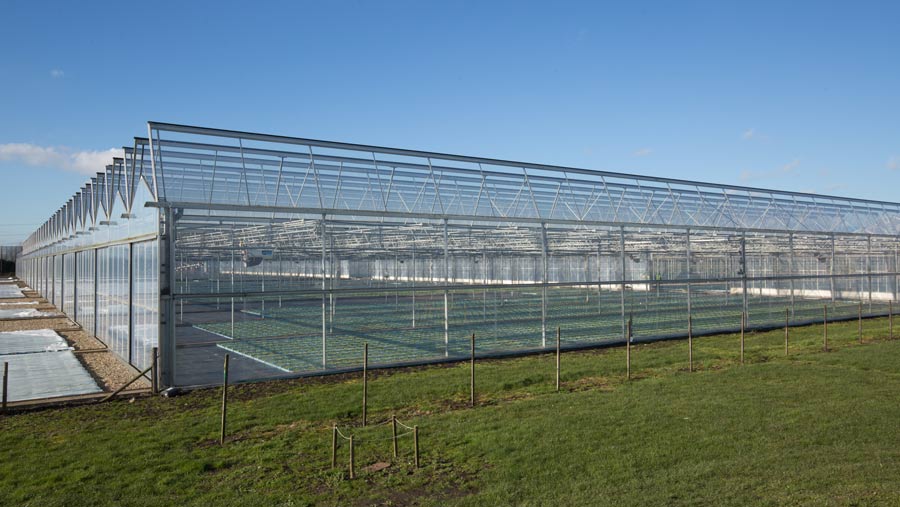Agri-food strategy targets growth areas for South East
 © Tim Scrivener
© Tim Scrivener Helping farmers and growers be more resilient and sustainable with better access to skilled labour and technology is central to a new strategy to grow the agri-food sector in south-east England.
The NFU wants the government and businesses to back measures that increase farm productivity and give the agriculture sector in the region the best possible chance to thrive post-Brexit and during the coronavirus economic recovery.
Strengthening supply chains and better marketing of the food and drink produced in the South East, to capitalise on more consumer awareness since the pandemic of where produce comes from, is also part of the strategy.
See also: How do three main farm carbon calculators compare?
Central to the aims set out in the NFU’s Agenda for Growth in the Regional Agri-Food Sector (PDF) is the shift to a carbon-neutral economy. The union has plotted a path to net zero greenhouse gas (GHG) emissions for UK agriculture by 2040.
This would see farmers and growers in the South East be the skilled workforce helping to deliver on this ambitious target, which is 10 years ahead of the government’s pledge to bring all GHG emissions to net zero by 2050.
Strong and resilient
NFU South East regional director William White said it was in the national interest that the agricultural sector is strong and resilient.
He presented the strategy to NFU South East members in a virtual meeting on Thursday (28 January).
“The farming and food sectors provide fertile ground on which to cultivate new jobs, harnessing technological innovations to promote growth, deliver services and boost export capacity,” said Mr White.
“Our data shows that agriculture provides the raw material for the food sector which, before the pandemic, supported 1.1 million jobs in London and the South East. It is also key to the nation’s nutritional security.”
Making the most of the region’s strengths and specialist farm sectors is crucial to growth in the next 10 years, the report says.
The South East produces 40% of fruit grown nationally and about a quarter of the country’s glasshouse area is located in the region.
Viticulture is a huge potential area of growth, with three-quarters of the UK’s planted area of vines in the South East, and a further 14,000ha to be planted by 2040. The area of vines in the UK has grown 400% since 2000.
Challenges
Julian Marks, group managing director at vegetable growers Barfoots of Botley, welcomed the strategy but said there were challenges to overcome for producers, particularly around water resource and supply.
“In three years we have had to double the amount of equipment to deliver water to our West Sussex and Hampshire growing crops,” he said.
“The challenges that we see are all around climate change, investment in infrastructure – around water particularly – and last summer and the summer before really highlighted our requirement in further investment in water infrastructure.”
